Proper Tyre Care for Optimal Vehicle Safety and Performance
Your car's tyres play a vitally important role in ensuring safe driving and optimal vehicle performance. As the only parts that make direct contact with the road surface, having proper tyre maintenance is crucial. Let's go over some key aspects of tyre care that every motorist should know. Monitoring tread depth and replacing tyres before they get too worn down is essential for maintaining good traction.
Keeping tyres inflated to the recommended pressures is also critical - underinflation increases wear and overinflation reduces grip. You'll want to regularly inspect for any cuts, bulges or other damage that could lead to failure. For regions with seasonal weather changes, using dedicated winter/summer car tyres in Uxbridge sets maximizes performance. Paying close attention to tyre conditions and following smart maintenance practices keeps you safer on the roads.
Tread Depth and Wear
Over time and mileage, the tread on your car's tyres will gradually wear down. Built-in tread wear indicator bars will start to appear when the tread depth gets low, indicating it's time to think about replacement.
Legally, tyres must have at least 1.6mm of tread depth across the central 3/4 of the tyre to meet the minimum safety standards in the UK. However, many experts recommend changing them before reaching that limit for better grip, especially in wet conditions.
Uneven tyre wear is another issue to watch for, where the tread is deteriorating more on one side or section. This can be caused by improper wheel alignment, overinflation/underinflation, or driving habits like aggressive cornering. Having your tyres rotated periodically helps promote more even wear across all wheel positions.
Checking Tyre Pressure
Making sure your car's tyres have the proper air pressure is one of the simplest but most important maintenance tasks. Underinflated tyres create increased rolling resistance and heat buildup that accelerates wear and impacts fuel efficiency. Overinflated tyres have less surface area contacting the road, which can reduce grip and make the ride feel overly firm. Not to mention increasing susceptibility to impact damage.
Check your vehicle's recommended tyre pressure listing (usually on a door jamb sticker or in the owner's manual), and follow the specified numbers for the front and rear tyres when inflating them. Get in the habit of checking at least monthly and before any long road trips.
Tyre Damage and Aging
In addition to tread wear, inspect your tyres regularly for any cuts, cracks, bulges or excessive sidewall damage that could lead to leaks or blowouts. Things like hitting potholes, curbs or debris in the road can contribute to this type of harm.
Most tyre manufacturers advise that tyres over six years old should be changed, regardless of the remaining tread depth. Over time, the rubber compounds start breaking down and losing their effectiveness, even if the tyres appear okay externally.
Rotating Your Tyres
Rotating the position of each tyre on your vehicle is a good practice to extend their life. The front tyres tend to wear out faster than the rear because they take on more force during braking, steering and weight transfer.
By switching the fronts to the back and the rears to the front at regular intervals, you help equalise the rate of tread wear across all four tyres. Most manufacturers advise tyre rotation every 5,000 to 8,000 miles.
When rotating, you'll also want to check that each tyre's pressure matches the recommended level printed in your owner's manual. And look for any abnormal wear patterns that could signal alignment or suspension issues to address. Rotating tyres promotes more uniform use, so you don't end up with just a pair needing premature replacement. It's an easy, low-cost step for making your tyres last.
Replacing Just One or Two tyres
Ideally, all four tyres on a vehicle should be replaced at the same time to ensure matched tread depths, rubber compounds and tread designs. This optimises handling, safety and even wear. However, if you experience a tyre failure due to a puncture or other damage, most experts say it's acceptable to replace just that single tyre if the other three have plenty of remaining tread life.
If two tyres need replacement, it's best to put the newest pair on the rear axle for increased stability and control on dry pavements. Never mix significantly wider tyres on one axle versus the other. Follow tyre rotation procedures carefully when integrating new mixed tyres. Have your mechanic double-check that the diameters are matched to avoid driveline issues.
Tyre Storage and Seasonal Changeovers
For those who use dedicated winter tyres for part of the year, knowing how to store tyres properly between seasonal changeovers is important to ensure their longevity. Poor storage can lead to premature cracking, damage or flat spotting of the rubber over time.
Ideally, tyres should be stored in a cool, dry place away from extremely hot or cold temperatures, excessive moisture or sources of ozone like electric motors. Stacking tyres is okay if done properly without adding excess weight.
Many tyre shops offer storage service packages where they'll swap out your seasonal tyres, inspect them, and keep them in climate-controlled conditions until it's time to remount them on your vehicle. Following basic care guidelines will help you get the most life out of whichever tyres you use year-round or on a rotational basis.
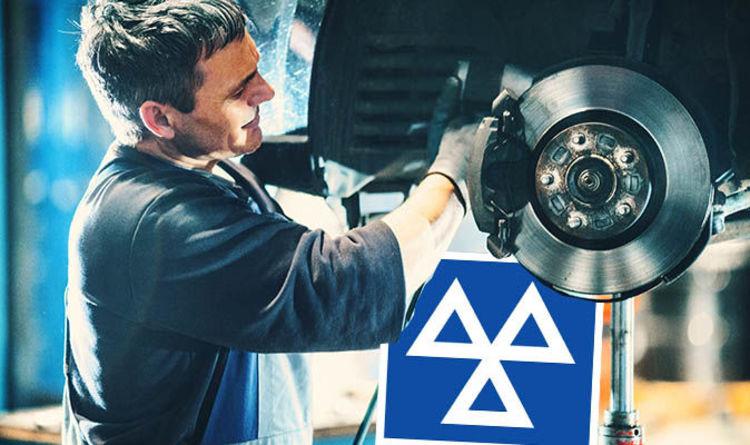

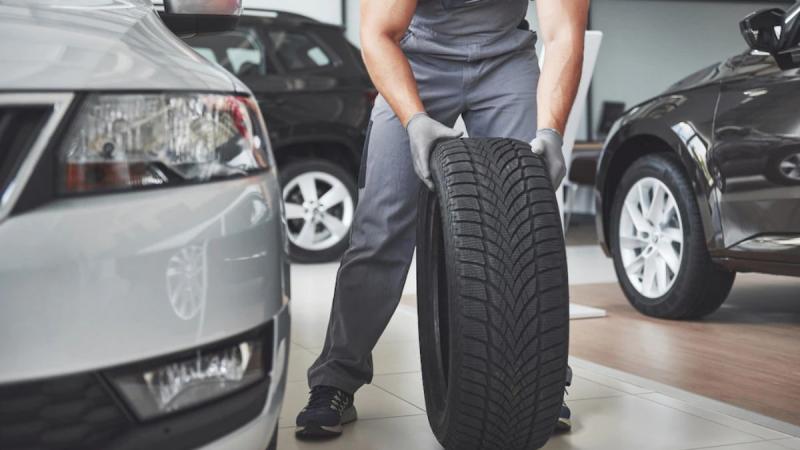
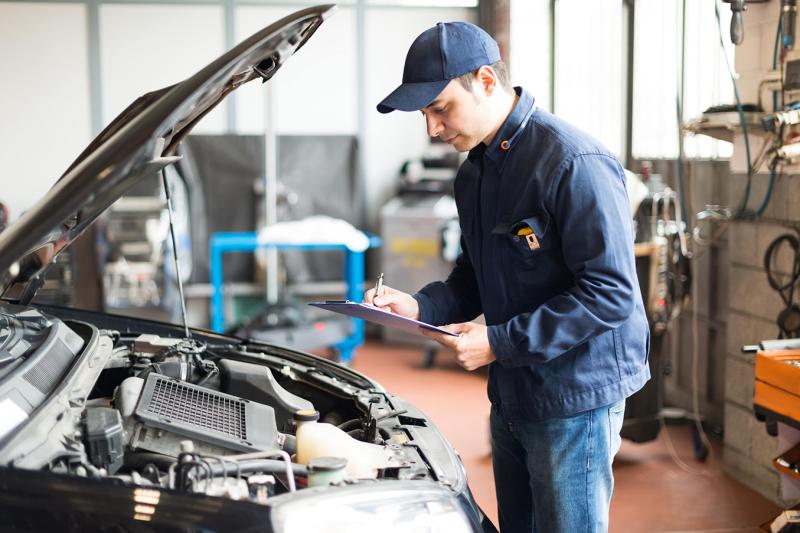
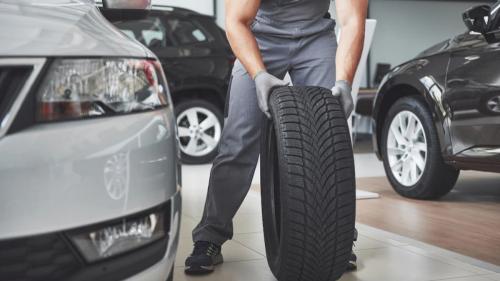

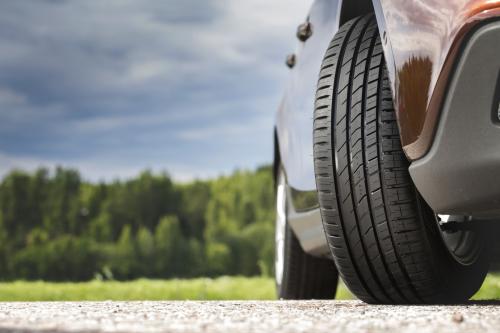
Comments